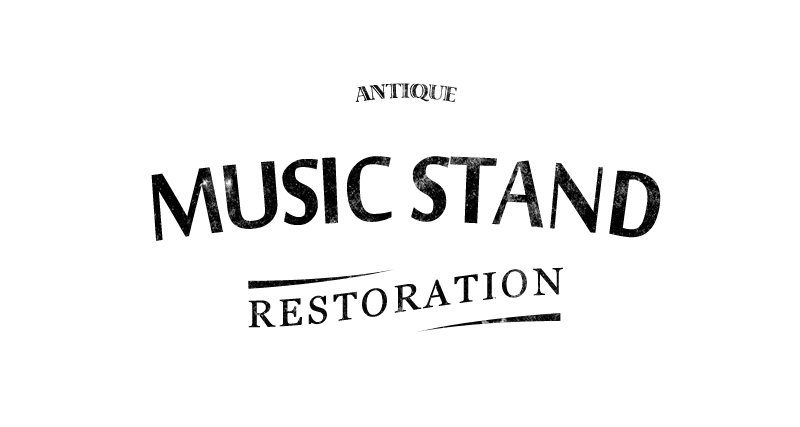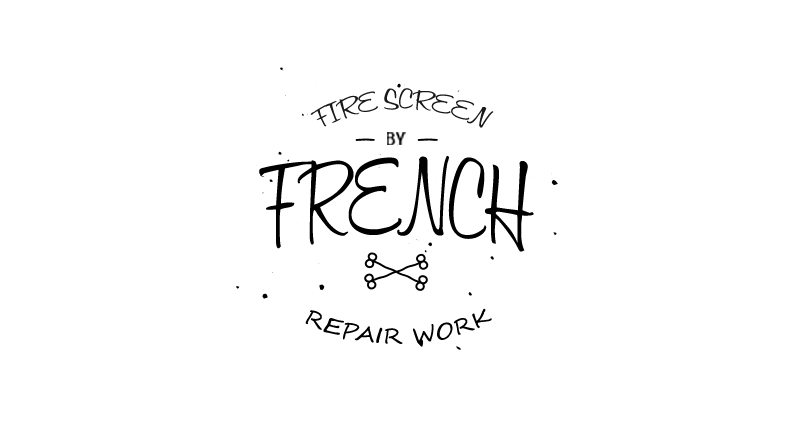03
number:
THE RESTORY web
&
UNIQUE
OTHERS
HOME ▶ RESTORATION repair ▶ Unique & Others ▶ ローズウッドアンティーク譜面台の修復 Music Stand

〈ANTIQUE Music Stand RESTORATION WORK〉
Restoration of an Antique Rosewood Music Stand
7 min
This time we will introduce an example of the restoration of an antique music stand that was shattered into pieces in an accident.
It was used as a music stand for the church choir, but was crushed by an unexpected accident called "anemia." The beautiful and delicate decoration was destroyed along with the frame, and one of the three supports at the base of the pedestal was completely broken.
- BEFORE Rosewood, known for its beautiful grain, is now a very expensive wood due to its rarity. This music stand was made using an abundance of rosewood. Of particular note is the support section, carved out in a spiral shape from a single piece of wood, the ultimate in craft art.

Fortunately, the important parts were transported to the workshop without being lost. This restoration will preserve the patina of the original antique while completely restoring the broken parts.
The biggest problem is that the decoration on the board on which the music is placed has shattered and the joints have become a complex puzzle. Cracks and breaks in wooden parts due to deterioration are often caused by natural phenomena such as expansion and contraction, and most damage is along the fibers of the wood, but in this case, where it has been broken by external force, the damage has been transmitted to the wood structure itself, so simple gluing will result in subtle misalignment.
The edge treatment before joining is the most important step and determines the quality of the finished product.

It's a beautiful piece of art, but it's so delicate that it's extremely fragile. Just a little pressure and it snaps into place.
Moreover, because it is so old, there are signs that it has been repaired in the past, and when you run your finger over it, you can notice tiny cracks and misalignments in the joints.
It is the nature of a craftsman to want to fix something once he notices it. He doesn't want to have to find out later that he made a poor repair. He checks the damaged area separately and in detail, adjusting the whole piece, including the traces of previous repairs.

A misalignment of around 0.1 mm on the surface is so visible that it becomes obvious there are gaps without even needing to check with the pad of your finger, so we shine a spotlight from the side and check each one by relying on the shadow.
Using the pads of my fingers, I smooth out any subtle undulations and carefully glue the separate parts together with glue.
After joining the pieces together with repeated fine adjustments until they are completely flat, the staining process begins. Rosewood is a naturally dark wood, so we thought there would be little need to stain it, but of the two boards, only the board frame on one side was made of a similar material that is not rosewood. We don't know why, but there were signs of it having been repaired in the past, so we imagine that it's possible that it was the board frame that was broken at the time and that only that part was remade. Anyway, we will stain the board frame to match the color tone of the rosewood.
After dyeing, the pieces are painted with French polish. The color is carefully adjusted so that the joints are completely invisible.
--The board surface is complete after French polishing until the ducts are filled in. The joints, which were the biggest problem, are now completely invisible, and the board has been restored to its antique color and luster, along with the unique texture of rosewood.

THE RESTORY web
Top 10 articles
Next we move on to repairing the base, which is connected to the support.
It's a round ornament that sits on a support, but it's cracked open. Unfortunately, there are no pieces left of the broken part, so we'll start by making a new piece of the same shape as the broken part. See how it gradually heals.

ORIGINAL
There is a small tear at the top of the photo and a large defect on the right side.

STEP1
The wood has been cut to fit the shape of the damaged area.
At the moment it is not yet connected.
The damaged area at the top of the photo will be repaired with wood putty.

STEP2
The putty in any small damaged areas is smoothed out, the larger pieces are glued together with the main body, any small gaps are filled with wood putty, and the contact surface is made flat.

FINISH
Once the preparation is complete, the piece is French polished in the same way as the board surface, without being stained.
--The damaged parts are completely indistinguishable. The color of the rosewood is so deep that it is amazing how beautiful the finish is . Next, we will repair the base in the same way.


There is very little damage to the base itself, and as you can see, any minor damage has been repaired to a level where it is no longer visible.
The technique of French polishing using shellac varnish can be done with the same materials as it was back then, so the luster and color you see today are exactly the same as they were back then. It's a unique flavor that continues to live on through time.
Finally, the base of the legs is attached.
It seemed to have been secured to the underside of the base with screws, but it had been completely broken off.



The left photo shows the base turned upside down. The right photo shows the foot part, with the screw broken off at the base.
The damaged wood is filled with pieces of wood and putty, and then completely fixed with adhesive to ensure strength. The surface of the base is smoothed to return it to an even surface, and the legs are then attached and screwed in place.

--AFTER After the painting process is completed, the surface is polished with wire wool and polished with natural wax for the final finish.
The restoration of the antique rosewood music stand is finally complete.






This antique music stand, which stands dignified in a beautiful, sacred church, has been restored to its original beauty, with the disjointed puzzle-like surface, the circular decoration that was largely missing, and the legs that were completely broken off. In terms of functionality, the height of the surface can be adjusted, and it can be opened and closed, and the swivel action has also been restored, so it will continue to be a wonderful stage for celebrating the new beginning of a new life for a couple.
--Ristry offers on-site estimates not only in Nagoya city but also in the surrounding areas. Please feel free to contact us.
*Areas where on-site estimates are available: We can provide free on-site estimates from Nagoya City to some areas near Nagoya City, such as Nisshin City, Nagakute City, Kasugai City, Ichinomiya City, Miyoshi City, and Kitanagoya City.
For more information, please call Listry Antiques at 052-734-6968 .
052-734-6968
Antique music stand restoration
Request area: Nagoya City, Aichi Prefecture
Work: Wood restoration/paint restoration
Work duration: 15 days (including drying time)

Special Decoration Repair Recommended Related Articles





















